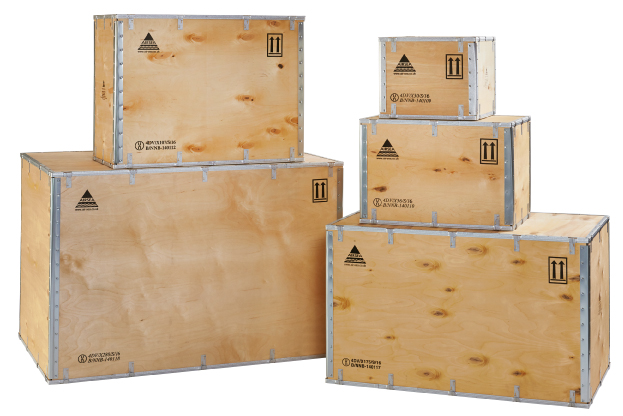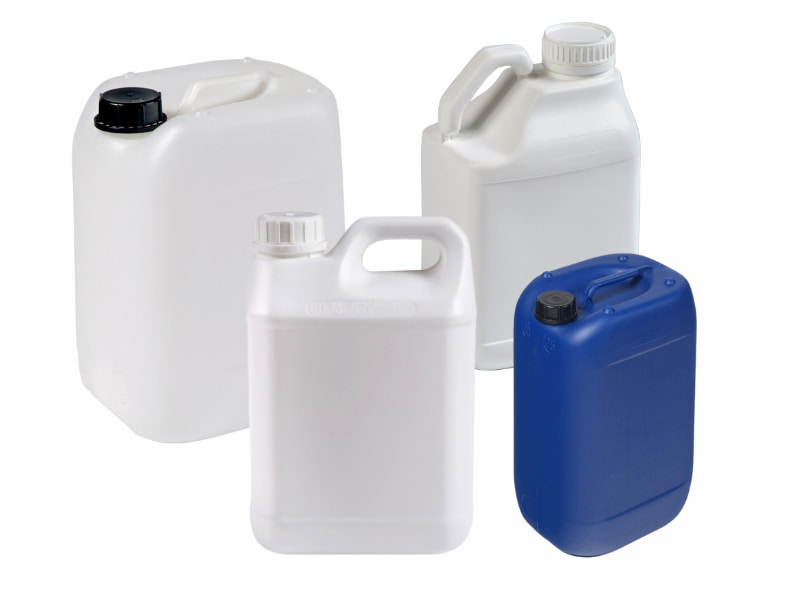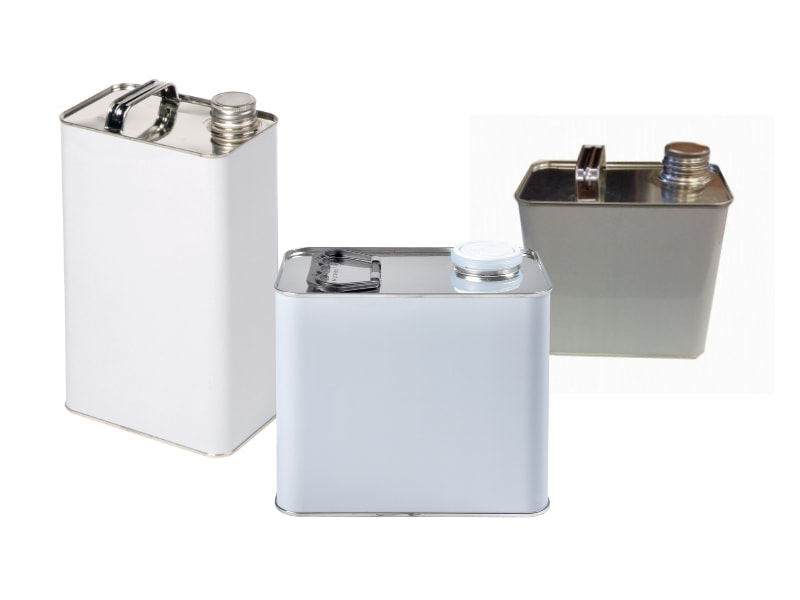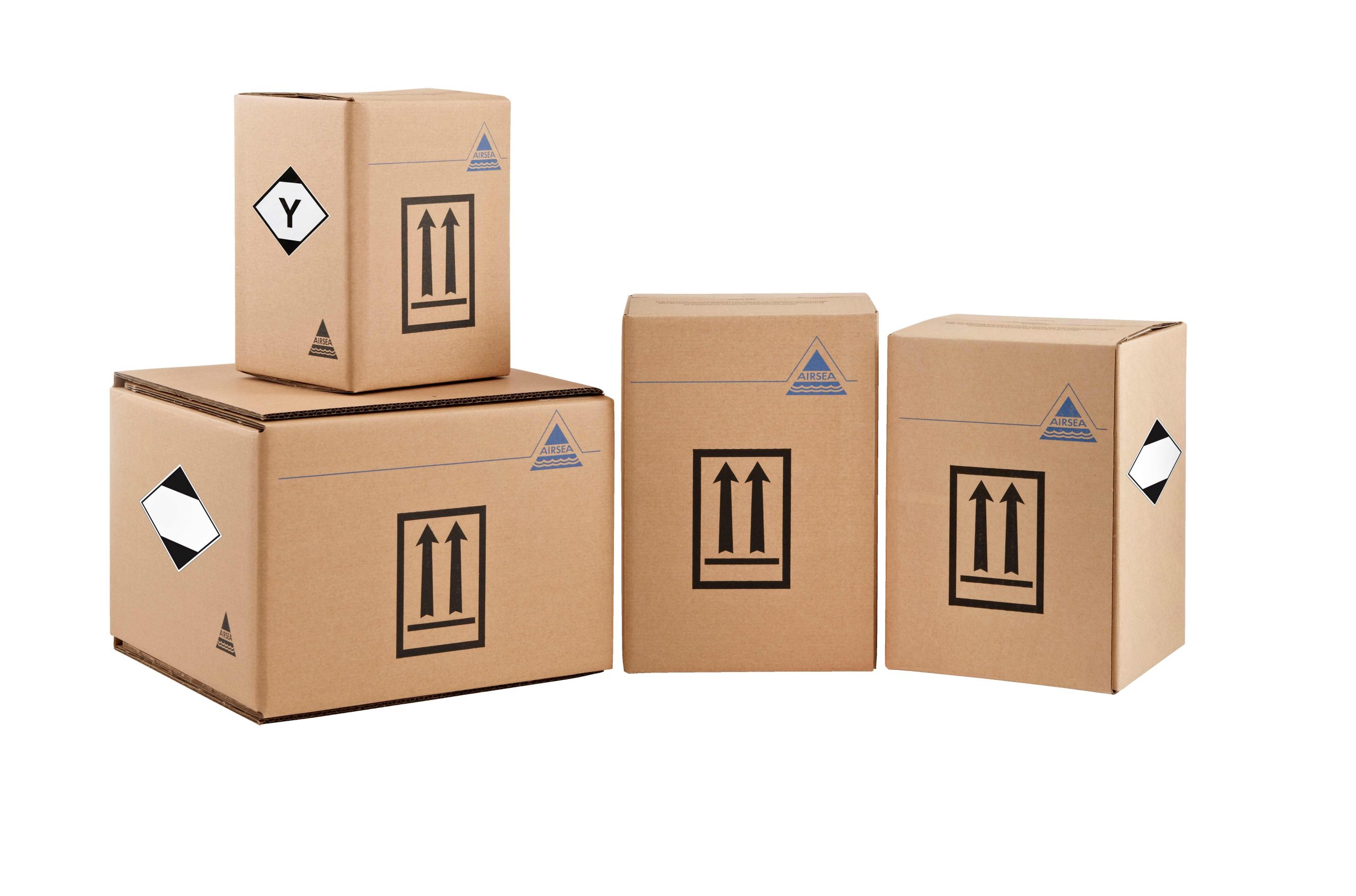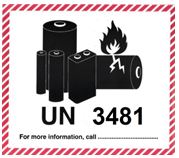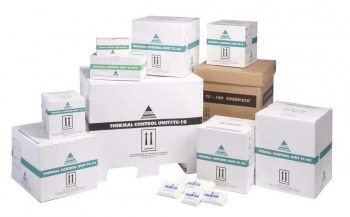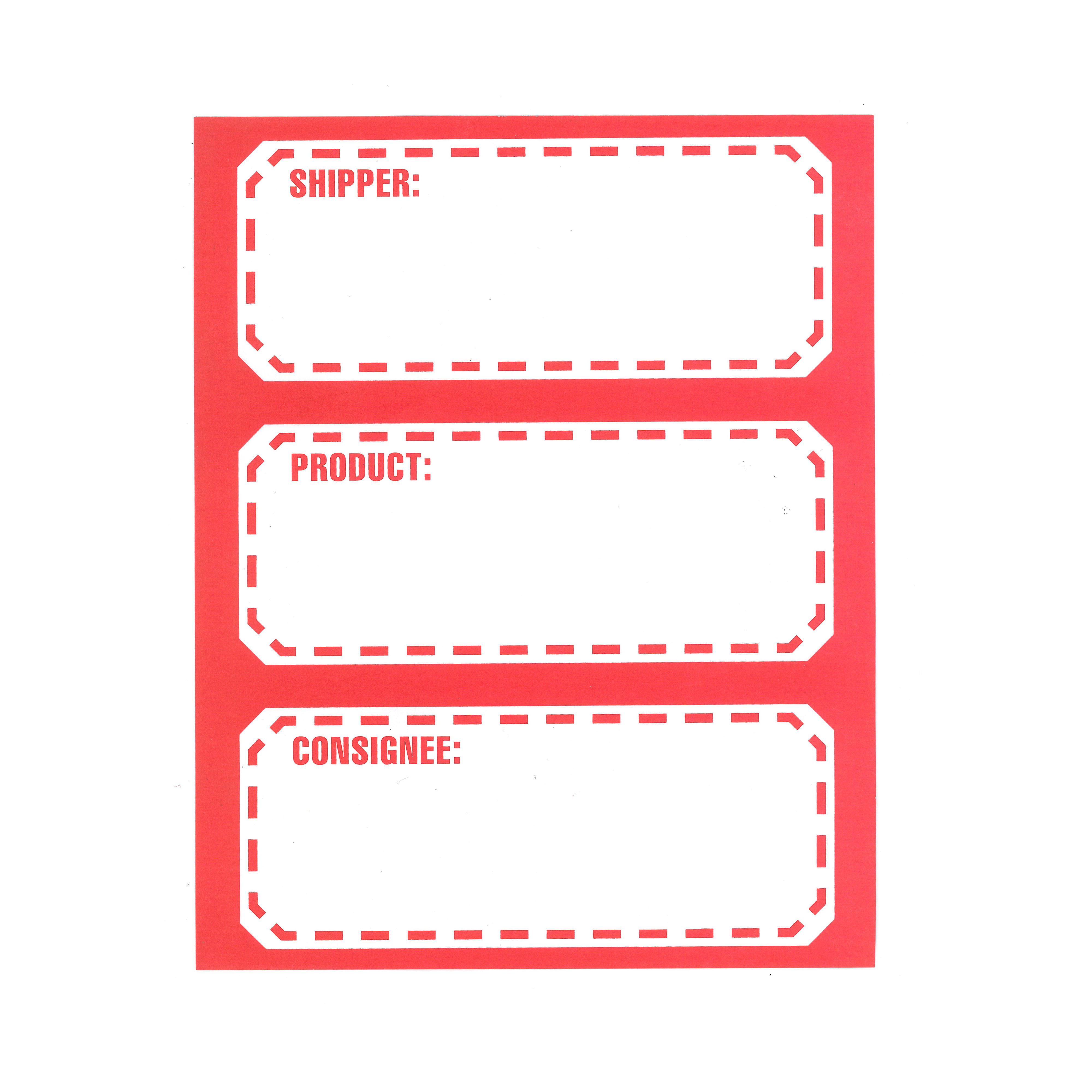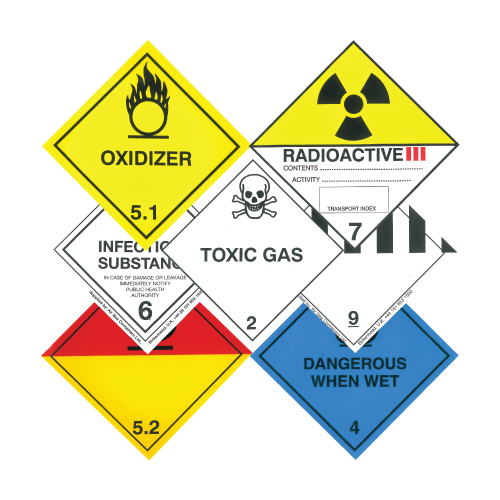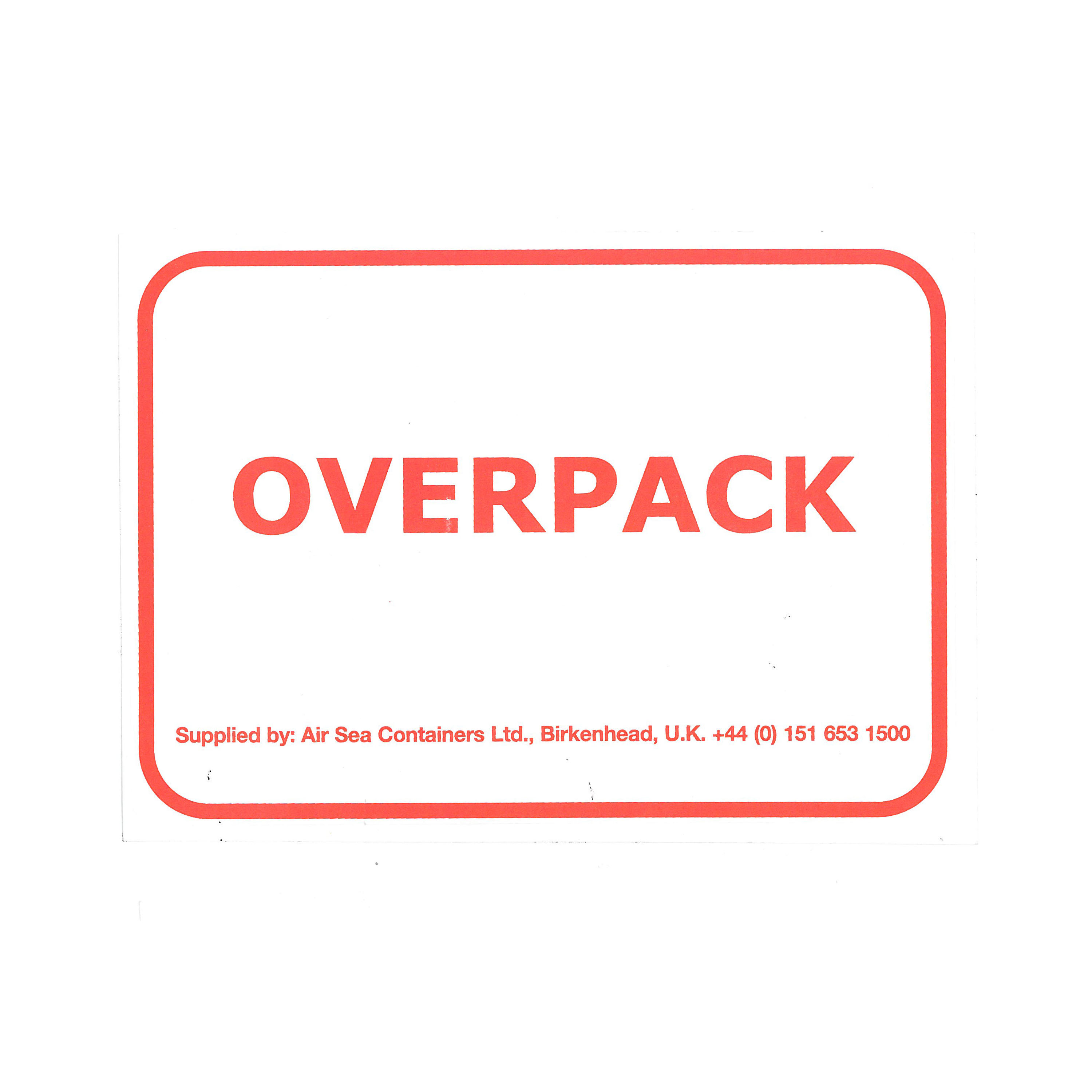Are Dangerous Goods the same as Hazardous Goods? How about Hazardous Materials, Hazardous Chemicals and Hazardous Substances, are they the same thing?
Through expansion we’ve recently employed new members of staff. During training the usual questions arose as to the differences between Dangerous Goods, Hazardous Goods and HazMat etc. We know that there is a lot of confusing and often contradicting information out there on this topic, so this time rather than answer these questions direct, we were intrigued to see what information our new starters could find for themselves when undertaking simple internet searches, here’s what they found.
Dangerous Goods definition
Dangerous Goods, abbreviated DG are articles or substances which are capable of posing a hazard to health, safety, property or the environment and which are shown in the List of Dangerous Goods in model regulations.
Dangerous Goods usually meet the criteria of one or more of the nine UN Hazard Classes and where applicable to one of three UN Packing groups. The nine classes relate to the type of hazard whereas the packing groups, relate to the applicable degree of danger within that class.
Hazardous Goods definition
Generally, a simple search on Google for Hazardous Goods brought up the following definition; Hazardous Goods are articles or substances which are capable of posing a hazard to health, safety, property or the environment and which are shown in the List of Dangerous Goods in model regulations.
Notice the definition is the same as that given for Dangerous Goods. This is because there is no global recognized definition for Hazardous Goods. Dangerous Goods is the official term used in the UN Dangerous Goods Model Regulations, so is the recognized term globally. However, in some countries particularly here in the USA and sometimes Canada, Dangerous Goods are more commonly referred to as Hazardous Materials or Hazmat for short. As far as our trainees could determine with their internet searches, the definition is still the same whether referred to as Dangerous Goods, Hazmat and Hazardous Materials.
Are Hazardous Materials and Hazardous Substances the same?
Hazardous Materials are referred to in the same way as Dangerous Goods and typically here in the USA the two terms are often interchangeable depending on the country’s preferred terminology and the mode of transport regulations quoted.
The following explanation of terms found in USG Variations are offered as, “HAZARDOUS MATERIAL” – the U.S. Department of Transportation term for dangerous goods. “HAZARDOUS SUBSTANCE” – any substance which, if spilled, would adversely affect the environment.
Searches also revealed that people referring to ‘chemicals’ often use the terminology Hazardous Substances, again depending on the country’s preferred terminology the terms Hazardous Substances and Hazardous Chemicals are interchangeable. The Globally Harmonized System of Classification and Labeling of Chemicals (GHS, also known as the purple book) was adopted back in 2002. It addresses classification of chemicals by types of hazard and proposes harmonized hazard communication elements, including labels and safety data sheets. GHS identifies Hazardous Chemicals as any substances or mixtures meeting GHS classification criteria for physical hazards, health hazards and environmental hazards will be regarded as hazardous chemicals. To find out if a product belongs to hazardous chemicals, you should first check if the product is a chemical substance or mixture and then check if it meets GHS classification criteria.
It is worth noting that GHS is a voluntary international system, it is not legally binding in any country so variations of chemical classifications still exist. It has been designed to be used alongside the UN Transport of Dangerous Goods Model Regulations, which the various relevant transport regulations adopt into legal frameworks such as CFR, IMDG and ICAO.
The Conclusion?
There are so many articles written with their take on the correct definition of Dangerous Goods phrases but it is key to consider the origin of these definitions and whether they are from an official source.
Our take on it is simple, terminology varies from country to country and region to region depending on local dialect. When used in an unofficial capacity, for example webpages or hints and tips, here at Air Sea USA we tend to go with the preferred local dialect, however in terms of using the terminology in an official manner e.g. when writing about or explaining UN packaging rules and regulations, we stick to the same vocabulary used in the relevant mode of transport regulations or the GHS ensuring there is no misinterpretations when discussing rules and regulations.
So, when you are searching via the internet, use caution as to the source authority. Always cross reference with official Dangerous Goods Regulations and associations. For ease we’ve provided a list of regulations where you can find more information.
 US
US



